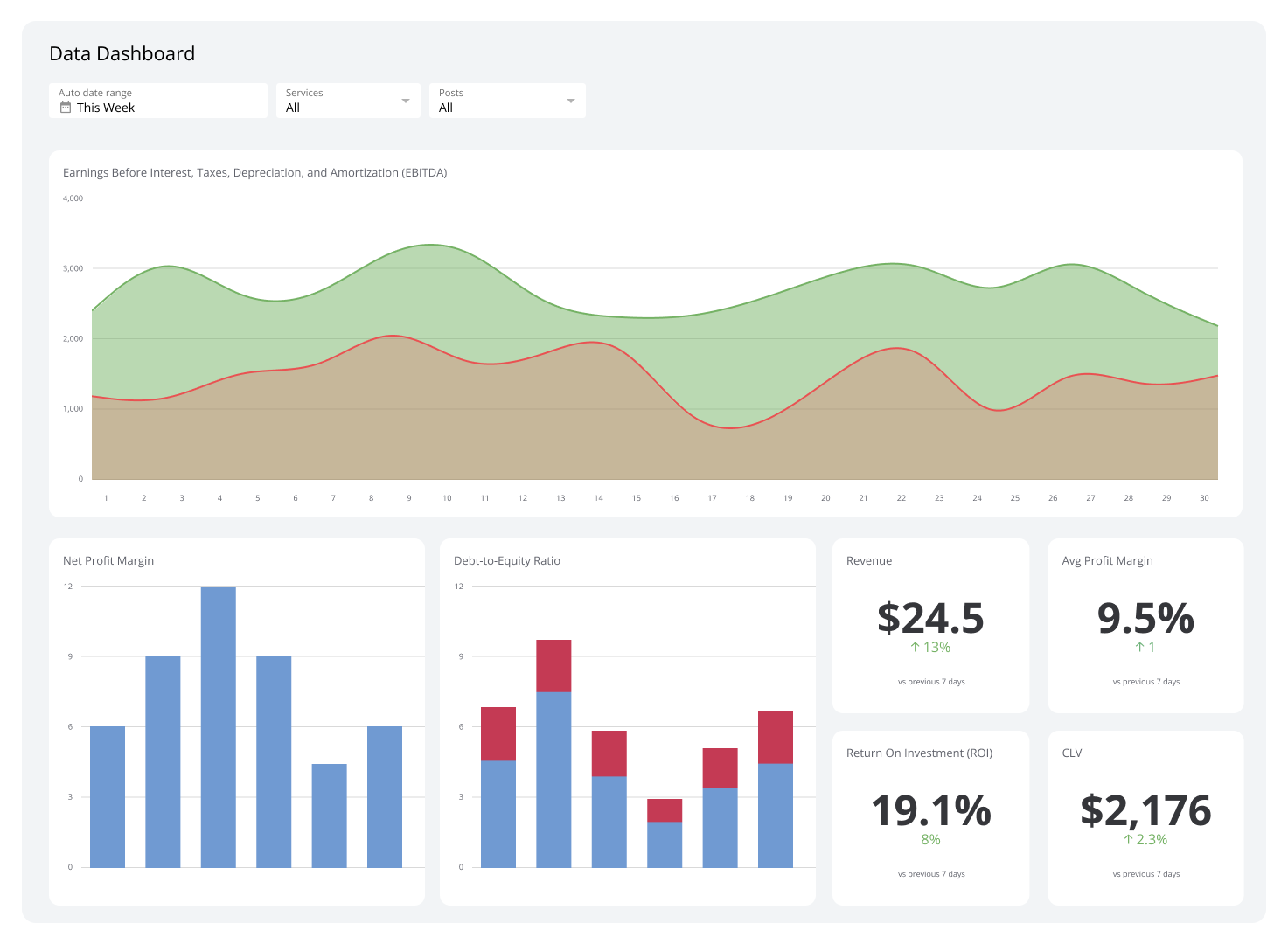From Cookies to Cohorts: The end of third-party cookies and what it means for marketers

Published 2023-02-07
Summary - Google is removing third-party cookie tracking. Future-proof your marketing against changing privacy regulations by leveraging your analytics.
When someone says cookie, I usually think of crisp edges, a cakey centre, and a lot of chocolate. But there is a different type of cookie that has an important place in any marketer’s toolkit—alongside chocolate chip cookies (aka blog writing fuel)—third-party cookies.
Third-party cookies are crumbling
You may have heard the news: Google is removing third-party cookies from Google Chrome by the end of 2022. We’re still in the first half of 2021 so it may seem strange to be talking about changes happening at the end of next year. But as marketers, part of our job is to future-proof ourselves to be ahead of the curve.
Chrome isn’t the first to remove third-party cookie tracking. In fact, Safari blocked third-party cookies in 2017, and Firefox in 2019. Safari and Firefox have done it without major implications to marketers, but it’s worth noting that according to StatCounter, 64% of Internet users use Chrome as their preferred browser. So, this may have a ripple effect as the changes are implemented.
Let's break it down.
What are third-party cookies?
Third-party cookies are a tracking code placed on your computer by the domain you are visiting to enable cross-site tracking, retargeting, and ad serving. This means that removing third-party cookies will make it difficult to track an individual across the web to understand their needs, behaviours, and intent. For example, have you ever looked at a pair of shoes and then noticed an ad for them on every website you visit for the next few weeks? That’s third-party cookies in action.
The removal of third-party cookies is in addition to other privacy regulations that have changed the way we approach marketing, like the EU’s General Data Protection Regulation (GDPR) and Canada’s Anti-Spam Legislation (CASL). While the removal of third-party cookies is a huge step for individual privacy, it begs the question: is this a setback for marketers and advertisers?
For marketers, privacy is likely an ongoing discussion topic. And privacy regulations have an innate fear built into them. Have you ever queued an email in your marketing automation software and hovered over the “send” button for a few extra seconds, dubiously questioning whether or not you’ve applied all the appropriate opt-in/out filters? I think I speak for most marketers when I say that sending an email, no matter how long you’ve been doing it, is scary every single time. And with an ever-evolving tech landscape, there is always a new development to be aware of as the world trends towards greater privacy and user rights. So how can marketers future-proof themselves against the next trend or major change in the industry?
What’s replacing third-party cookies?
Google isn’t completely removing the ability to track users across the web, but instead rethinking the approach with greater privacy in mind. Google is introducing Federated Learning of Cohorts. Federated Learning of Cohorts (FLoC) aggregate groups of users based on general interest. Similar to how Netflix makes recommendations, FLoC’s rely on a cohort assignment algorithm that will assign a cohort ID to a user based on their browsing history. This will allow marketers to use the data without revealing sensitive information about the user to third parties.
If third-party cookies are going away, what can we as marketers do to replace their capabilities while still respecting user privacy? How can we fill the gap and still provide a personalized marketing experience? It’s time to rethink how we manage our measurement processes and analytics are core to that.
Here’s what you need to know about first-party cookies
What are first-party cookies? First-party cookies are stored by the domain you’re visiting so website owners can collect analytics data, remember language settings, and improve the user experience on the website.
Marketers who follow digital marketing best practices can manage the end of third-party cookies with minimal disruption. It’s time to turn our attention to first-party cookies and leverage what already exists in our toolkits.
First-party cookies allow you to understand what a user did while they were on your website and other transactional data to build out a marketing strategy. As marketers, it’s our goal to understand who our audiences are, what their needs and wants are, and be able to accurately measure that.
Future-proof your marketing with analytics
Between GDPR, CASL, Privacy Acts, and third-party cookies, privacy regulations are not losing momentum. Relying on work-arounds and unethical marketing practices to grow your business is not a sustainable solution. Even if you’re following digital marketing best practices, the evolving privacy-first world requires a new, deliberate approach to marketing. Best-in-class marketing combines intuition for what the market needs with the data to back it up, all while communicating the right message that articulates your brand’s value to your audience. Don’t underestimate analytics to help you make these decisions. Measurement and analytics are the pinnacle of best-in-class marketing.
Use the rich data sets provided by your first-party tools, and configure the data to better understand your segments. Take advantage of the opportunity to ask users information when they complete a form or apply segmentation logic to cohorts in your own database or marketing automation system to gather the information you need. Your analytics tools work, so use them to your advantage!
There’s no better time to dust off your customer personas, revisit your customer journeys, and adjust your analytics so you can future-proof yourself against the ever-changing privacy landscape.
Not sure where to start? MetricHQ, our online dictionary of metrics and KPIs, is a great resource. With hundreds of metrics available to choose from, you can even go as far as filtering right down to marketing metrics and instantly add them to your PowerMetrics account.
Future-proofing your analytics and marketing strategies will only help you in the long run. Explore your options and expand your toolkit so that you can access the tools to help make smart, data-driven decisions.





